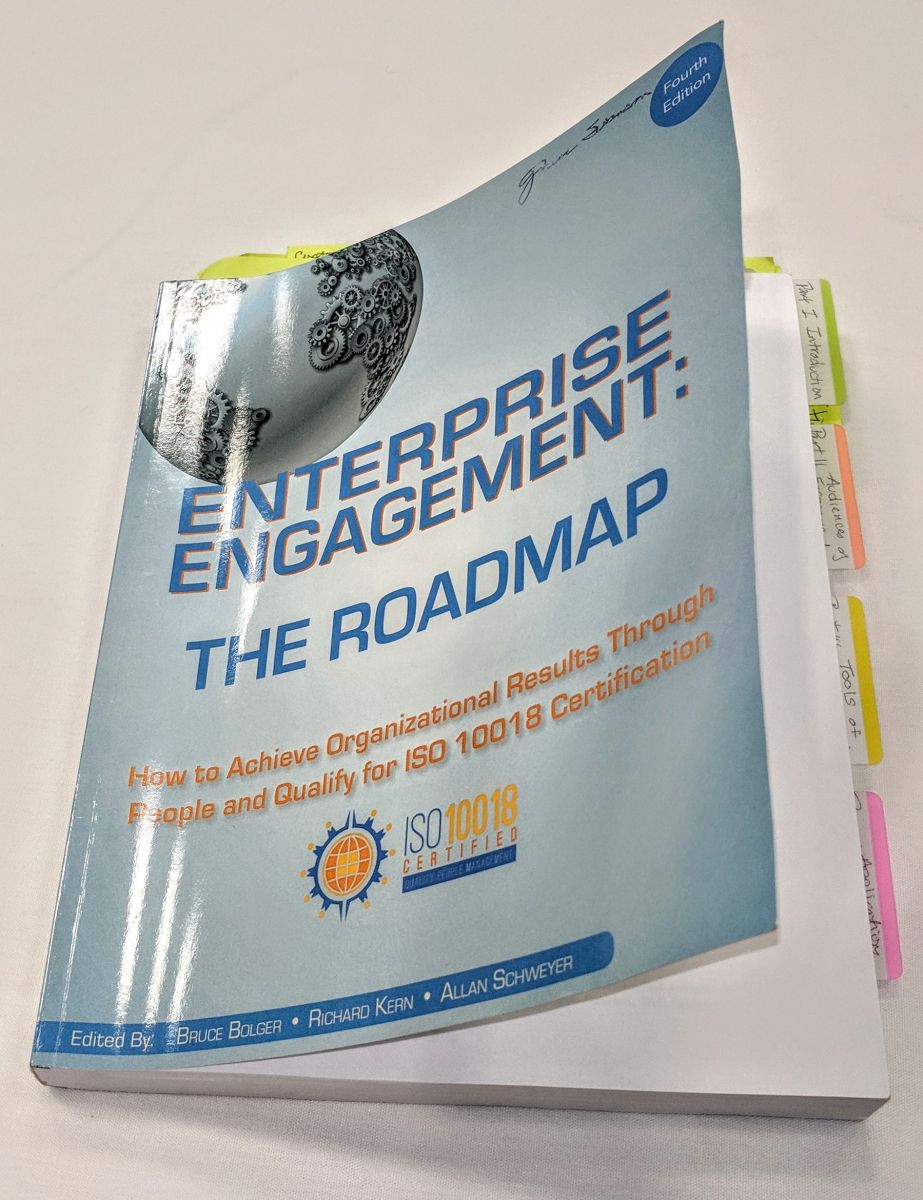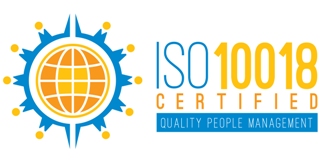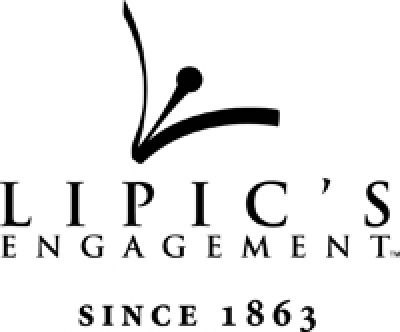News Analysis: Is the Employee Engagement Movement Dead? Why Customer and Employee Engagement Remain Stuck in Neutral
By Bruce Bolger
It’s a long list: 20 years of books touting the “new” marketing, leadership and employee engagement, in addition to extensive research identifying the logical link between stakeholder engagement and organizational success, and billions spent on motivational speakers, leadership gurus and coaching, engagement surveys, technology, communication, training, rewards and recognition. Despite all this, consumers continue to be frustrated by misleading advertising and poor service…and employee engagement levels have barely budged since Gallup started tracking them over a decade ago. What gives?
It’s a long list: 20 years of books touting the “new” marketing, leadership and employee engagement, in addition to extensive research identifying the logical link between stakeholder engagement and organizational success, and billions spent on motivational speakers, leadership gurus and coaching, engagement surveys, technology, communication, training, rewards and recognition. Despite all this, consumers continue to be frustrated by misleading advertising and poor service…and employee engagement levels have barely budged since Gallup started tracking them over a decade ago. What gives?
Among hikers, the commonly used phrase “false summit” describes the disappointment one feels when reaching the crest of ridge, only to discover that the real summit looms high above. That perhaps best describes the state of the engagement movement today. The marketing and management world remain abuzz with talk about engaging customers, employees and stakeholders, but most would agree that not much has really changed. The good news is that despite the apparent lack of progress, the path to significant change remains in sight as a new generation of executives with a greater appreciation of the role of people begins to take charge.
The sense of a false summit comes from the fact that there is indeed much talk in the marketing community about the need for authenticity, for building lasting relationships with customers, and for engaging employees in the brand. LinkedIn feeds are filled with links to articles about leadership advice, apps, wellness programs, feedback surveys, rewards and recognition, and other measures to engage employees and other “next best things.” Human resources and related technology trade shows and conferences feature education topics and exhibits on all manner of ways to engage employees—and yet one doesn’t have to embrace Gallup’s findings that employee engagement levels remain stuck well below 50% to know that most employees would rather partake in their personal hobbies or passions than immerse themselves in their work.
Despite the buzz, organizations continue to spend billions in marketing to make promises they have no strategic plan to deliver, and even more billions on dozens of different ad hoc schemes and reactive measures to engage customers and employees that rarely deliver sustainable results. Most public companies probably spend more on stock buybacks than on sustainable investments to enhance stakeholder engagement, despite evidence that companies with highly engaged stakeholders outperform companies with low levels of engagement.
Some argue that the findings connecting employee and customer engagement with financial results are in question because, the argument goes, success breeds engagement rather than the other way around. Yes, companies can achieve short-term success by profiting from a unique opportunity despite poor treatment of stakeholders—a mining company doesn’t have to have engaged stakeholders to mint money by identifying a huge vein of gold in a once abandoned mine, but this doesn’t refute the extensive evidence and logic supporting the connection between engaged stakeholders and financial results.
Many Challenges Remain
Given the profound, structural obstacles in the organizational terrain, it’s easy to explain how we’ve come to this false summit:
• Most CEOs are of a generation that focuses on processes rather than people, with a mentality to achieve shorter-term financial objectives rather than long-term sustainable success. This explains why most customer service operations still subject customers to automated phone trees, when research by companies such as Verint have found that frustrated customers desire immediate action.
• The concept of applying a strategic focus on all stakeholders isn’t taught in any schools and barely written about in the business media, so even those executives interested in profiting from a systematic approach can find no clear roadmap for developing and implementing a plan.
• Marketers continue to spend billions building their external brands and loyalty programs with little strategic connection to the employees or other stakeholders whose engagement is needed to deliver the promises.
• While there is certainly more conversation than ever about delivering marketing promises and engaging employees, the discussion largely takes place at the middle-management level or in human resources, rather than in the C-suite, so that efforts to address these fundamental issues don’t get the CEO-level support they need to thrive.
• The typical organization remains highly siloed with poor alignment between marketing, sales and operations, office politics continue to divide front-line leadership, and most organizations continue to grasp at bright shiny objects rather than strategic and systematic processes to align all stakeholders with the organization’s mission, values and goals.
• All the gurus, thought leaders and consulting firms remain staunchly in their own camps related to how to address the engagement conundrum, providing CEOs with a dizzying array of conflicting advice, rather than rallying around a common call for a more strategic approach that aligns all their various schemes in a systematic approach to engaging all stakeholders.
The Basis for Optimism
So why do we remain optimistic that the concept of an organizational and systematic approach to engagement will indeed become the order of the day in the next five to 10 years? There’s one simple answer: I believe in capitalism and the notion that organizations inevitably will seek out the most sustainable path to profit.
There’s simply too much evidence to ignore that organizations that inspire customers, distribution partners, employees and communities indeed do better over the long-haul, as well demonstrated by the likes of Starbucks, Southwest Airlines, the Market Basket chain of supermarkets and many others that, without fanfare, focus on making promises they can keep through a systematic process of aligning all stakeholders toward a common purpose. Not only do these companies outperform their competitors over time, they do so by creating a generally more purposeful, meaningful workplace.
Investors have finally discovered this link: Over 37 favorable comments supported a Human Capital Coalition of investors who have asked the U.S. Securities and Exchange Commission (SEC) to compel public companies to disclose their investments in human capital and the outcomes in the same way they need to disclose investments in research and development. Over $15 trillion in managed assets is now moving toward companies that focus on so-called “sustainable business practices,” which include a more systematic approach to human capital management.
Other promising signs:
• ISO, the International Organization for Standardization, has finally recognized that people are critical to success and has added new requirements to 60 standards, including ISO 9001 Quality Management, requiring a CEO-led plan to engage all stakeholders in the standards in an auditable manner. While facing significant resistance from ISO registrars who let their clients get away with failing to address these standards for the sake of keeping them happy, ISO leadership remains firm on the importance of a strategic approach to people and seems unlikely to back down.
• Social media relentlessly continues to punish companies that fail to address the needs of consumers—organizations that ignore their poor ratings in social media from customers and employees do so at their peril. One unhappy customer or employee can now share their views with thousands or more customers or employees who will as a result silently vote with their feet and look elsewhere for a company to do business with or work for.
• With slower growth in the nation’s population, companies can no longer depend on growing markets and must increasingly fight for market share among a population increasingly skeptical of marketing claims.
• Low levels of unemployment and the need for talent are forcing companies to adopt more employee-friendly cultures.
• Organizations are increasingly recognizing the need to develop so-called “soft, human skills,” as demonstrated by the new McDonald’s training program for employees that will gradually spread to the larger marketplace as many of those employees leave McDonalds to go on to bigger and better careers with other organizations.
The path to a fundamental change in leadership that recognizes the need for a CEO-led strategic and systematic approach to engaging all stakeholders remains long. There will no doubt be many more false summits ahead. But as every hiker knows, if he or she remains on the right path the summit will be achieved. Too much common sense supports the notion of Enterprise Engagement for this practical approach to organizational success to fail, even if it takes another generation of leaders to finally prevail.
Featured Content Sponsor:
Lipic's
Igniting Passion in Your Employees and Customers
Contact:
Andy Bollwerk
314-775-2505
Master the Principles of Enterprise Engagement to Achieve Organizational Goals and Enhance Your Career
- Profit from a new systematic approach to engagement to enhance your organization’s brand equity; increase sales, productivity, quality, innovation, and safety, and reduce risks.
- Achieve ISO 10018 Quality People Management Certification to demonstrate your organization’s strategic commitment to people to your customers, employees, distribution partners, vendors, communities, investors, and regulators.
Live Education: Enterprise Engagement in Action Conference at Engagement World, April 3, 2019, in San Francisco, in conjunction with the Selling Power Sales 3.0 Conference. Learn about the economics, framework, and implementation process for an ISO certifiable approach to achieving organizational objectives by strategically fostering the proactive involvement of all stakeholders. Learn more and register now. 

In Print: Enterprise Engagement: The Roadmap 4th Edition, How to Achieve Organizational Results Through People and Quality for ISO 10018 Certification.
The first and most comprehensive book on Enterprise Engagement and the new ISO 9001 and ISO 10018 quality people management standards.
Online: The Enterprise Engagement Academy at EEA.tmlu.org, providing the only formal training on Enterprise Engagement and the new ISO 9001 and ISO 10018 quality people management standards. Provides preparation for professionals to support organizations seeking ISO 10018 employer or solution provider certification, as well as elective courses on Trade Show Engagement, Rewards and Recognition, Government, and other topics.
Plus: 10-minute short course: click here for a 10-minute introduction to Enterprise Engagement and ISO standards on Coggno.com.
 Services: The International Center for Enterprise Engagement at TheICEE.org, offering: ISO 10018 certification for employers, solution providers, and Enterprise Engagement technology platforms; Human Resources and Human Capital audits for organizations seeking to benchmark their practices and related Advisory services for the hospitality field.
Services: The International Center for Enterprise Engagement at TheICEE.org, offering: ISO 10018 certification for employers, solution providers, and Enterprise Engagement technology platforms; Human Resources and Human Capital audits for organizations seeking to benchmark their practices and related Advisory services for the hospitality field.
The Engagement Agency at EngagementAgency.net, offering: complete support services for employers, solution providers, and technology firms seeking to profit from formal engagement practices for themselves or their clients, including Brand and Capability audits for solution providers to make sure their products and services are up to date.
C-Suite Advisory Service—Education of boards, investors, and C-suite executives on the economics, framework, and implementation processes of Enterprise Engagement.
Speakers Bureau—Select the right speaker on any aspect of engagement for your next event.
Mergers and Acquisitions. The Engagement Agency’s Mergers and Acquisition group is aware of multiple companies seeking to purchase firms in the engagement field. Contact Michael Mazer in confidence if your company is potentially for sale at 303-320-3777.
Mergers and Acquisitions. The Engagement Agency’s Mergers and Acquisition group is aware of multiple companies seeking to purchase firms in the engagement field. Contact Michael Mazer in confidence if your company is potentially for sale at 303-320-3777.
Enterprise Engagement Benchmark Tools: The Enterprise Engagement Alliance offers three tools to help organizations profit from Engagement. Click here to access the tools.
• ROI of Engagement Calculator. Use this tool to determine the potential return-on-investment of an engagement strategy.
• EE Benchmark Indicator. Confidentially benchmark your organization’s Enterprise Engagement practices against organizations and best practices.
• Compare Your Company’s Level of Engagement. Quickly compare your organization’s level of engagement to those of others based on the same criteria as the EEA’s Engaged Company Stock Index.
• Gauge Your Personal Level of Engagement. This survey, donated by Horsepower, enables individuals to gauge their own personal levels of engagement.
For more information, contact Bruce Bolger at Bolger@TheEEA.org, 914-591-7600, ext. 230.















